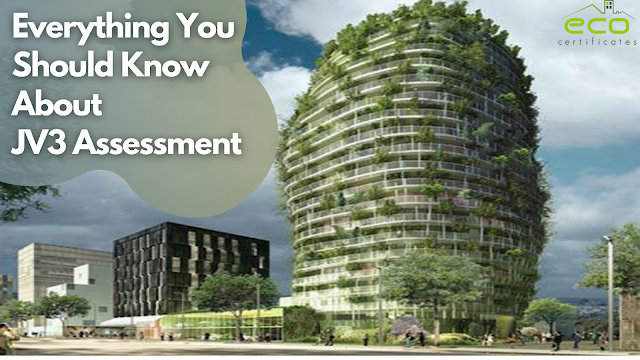How JV3 Modelling Shapes the Future of Energy Compliance in Australia

JV3 assessment is shaping the future of energy compliance in Australia. Instead of relying only on fixed rules, JV3 uses advanced thermal simulation to measure how a building will actually perform. With this flexibility, property owners and designers can balance compliance, cost, and comfort without losing design intent. This article will cover what JV3 assessment is, why it is important for the future of energy compliance, and how JV3 modelling design flexibility helps builders meet stricter codes. You will also see real-world examples and a comparison with prescriptive methods. So, let’s get started: What is the JV3 Assessment? A JV3 assessment is a pathway under Section J of the National Construction Code (NCC). It compares the proposed building against a reference model through detailed thermal simulation. If the building uses less or equal energy than the reference, it complies. Unlike the prescriptive approach, which forces set values for insulation, gl...






